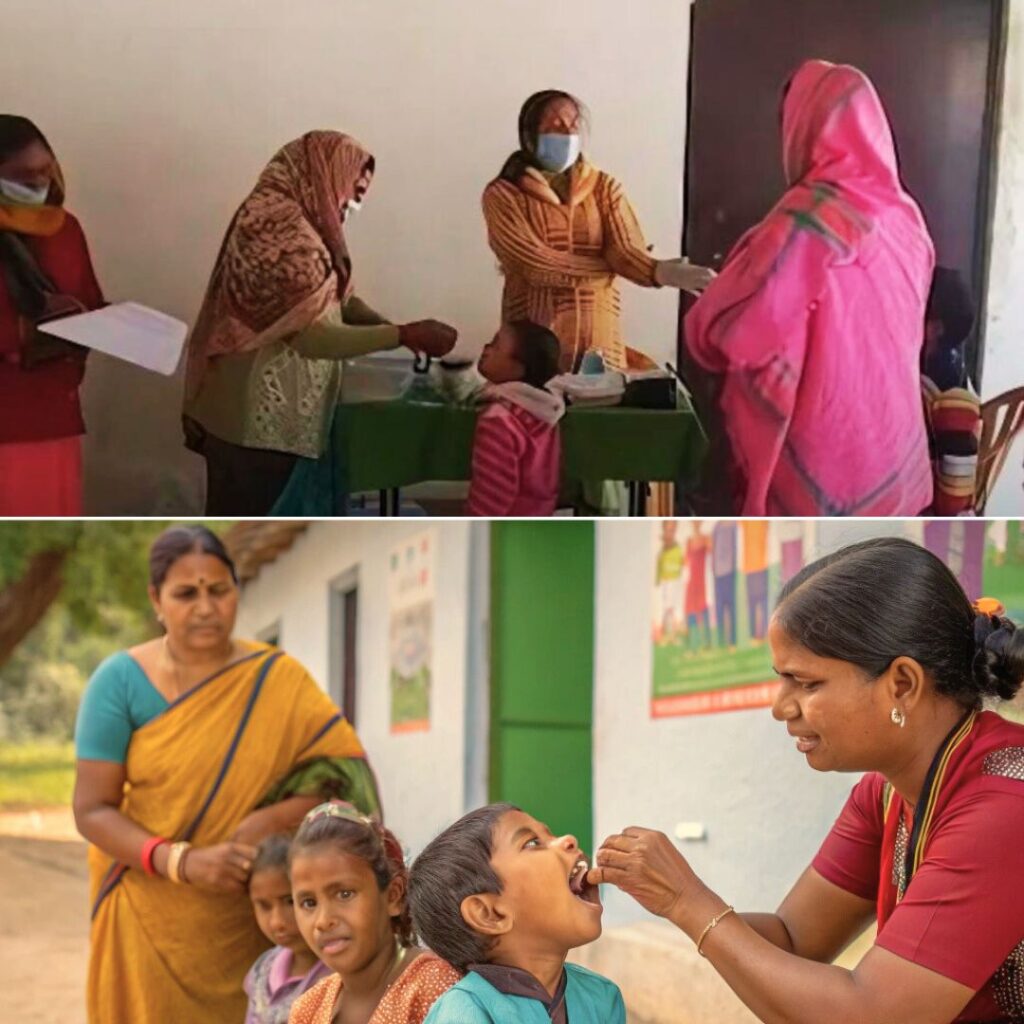Kerala has been deemed the best state in India for newborn babies after the Infant Mortality Rate (IMR) went down to 6 per 1,000 live births, as per the report of National Family Health Survey (NFHS)-4 in 2015-16.
What is IMR? Infant mortality refers to the deaths of young children, under than the age of one. It is measured by the infant mortality rate (IMR), which is the number of deaths of children under one year of age per 1,000 live births.
Kerala’s Performance Kerala’s performance in IMR levels equal to that of the US and the average for developed nations.
Going by the statistics, the current IMR of India is 41. If the entire country could get its IMR lower down to 6 like Kerala, the lives of more than seven lakh children could be saved.
According to the Sample Registration Survey (SRS) conducted by the office of the registrar of the census, Kerala has been struggling to get its IMR to a single digit which has been stuck to 12 since 2009. According to the last survey conducted by NFHS-3 in 2005-06, Kerala’s IMR was 15. The State has already performed better than the target it had set for itself as far as the sustainable development goals are concerned. Kerala’s target for IMR reduction had been set at eight for the year 2020.
To put this in perspective, now the IMR of 6 is lower than countries like Russia (8), China (9), Brazil (15), Sri Lanka (8).
Kerala’s IMR is way ahead of other Indian states. Tamil Nadu holds the second position with an IMR of 21.
However, many are sceptical about Kerala’s performance. A surprising fall to six has left many people wondering whether the sample size taken by NFHS was adequate to measure the IMR or not.
Kerala’s under-five mortality rate has also shown a significant drop from 16 in NFHS-3 to 7 in NFHS-4. The State has put up a commendable performance in various areas, including maternal and child health.
Kerala’s sex ratio (females per 1,000 males) has however witnessed a drop from 1,124 in NFHS-3 to 1,049 in NFHS-4 — still the highest in the country, followed by Meghalaya (1009) and Chhattisgarh (977). Though, the sex ratio at birth for children born in the last five years shows an increase from 925 to 1,047 nationally.
The NFHS-4 report suggests the average out-of-pocket expenditure per delivery in public health facility is Rs 6,901. While institutional births are 99.9% in the State, the percentage of delivery in public health facilities is just 38.4% (which shows a slight increase from 35.6% in 2005-06).
C-section deliveries in the state have been conducted at an average of 35.8%. In private health facilities, the C-section rate is 38.6%, while in public hospitals this is 31.4%.
Statistics of India The NFHS-4 report for 2015-16, which was published by the Health Ministry, was conducted after collecting information from six lakh households, seven lakh women and 1.3 lakh men, and for the first time, provides district level estimates.
Compared to NFHS-3, IMR in India has dropped from 57 to 41. Almost every state has witnessed a significant decline in their IMR. In Tripura, West Bengal, Jharkhand, Arunachal Pradesh, Odisha and Rajasthan, the rate has dropped to more than 20 percentage.
India has been able to achieve an IMR of 41, since the beginning of NFHS report in 1992-93, when it was 79.
The IMR in Odisha which was 96 per 1,000 births in 2000 has dropped to 40 in 2015-16,
As per the Health Ministry, the results of the survey reflects that concerted efforts and focused interventions in the sector could translate to improved outcomes.
Sex ratio at the national level has increased from 914 to 919. Haryana also witnessed a significant increase from 762 to 836. The state’s institutional births (deliveries conducted in hospitals and health centres) have dramatically improved by 40 percentage points from 38.7% in NFHS-3 to 78.9% in NFHS-4.
The ministry unveiled that the proportion of women who received at least four antenatal care visits for their last birth has increased by 14% points from 37% 51.2 percent over the decade (2005-15). Seven states have witnessed a substantial increase of 20 or more percentage points.
The NFHS-4 found that there was a considerable decline in the Total Fertility Rate (TFR) in each of the 30 states in India with the maximum decline observed in Uttar Pradesh (1.1 child) followed by Nagaland (1.0 child), Arunachal Pradesh and Sikkim (0.9 child each). Bihar, however, failed to register a substantial decline.
What is Total Fertility Rate? The number of children who would be born per woman (or per 1,000 women) if she/they were to pass through the childbearing years bearing children according to a current schedule of age-specific fertility rates.
The survey also found that the full immunisation coverage (BCG, measles and 3 doses each of polio and DPT) increased in Punjab, Bihar and Meghalaya by 29 percentage points each, while in Rajasthan, Uttar Pradesh, Jharkhand and Chhattisgarh it increased by 28 percentage…











